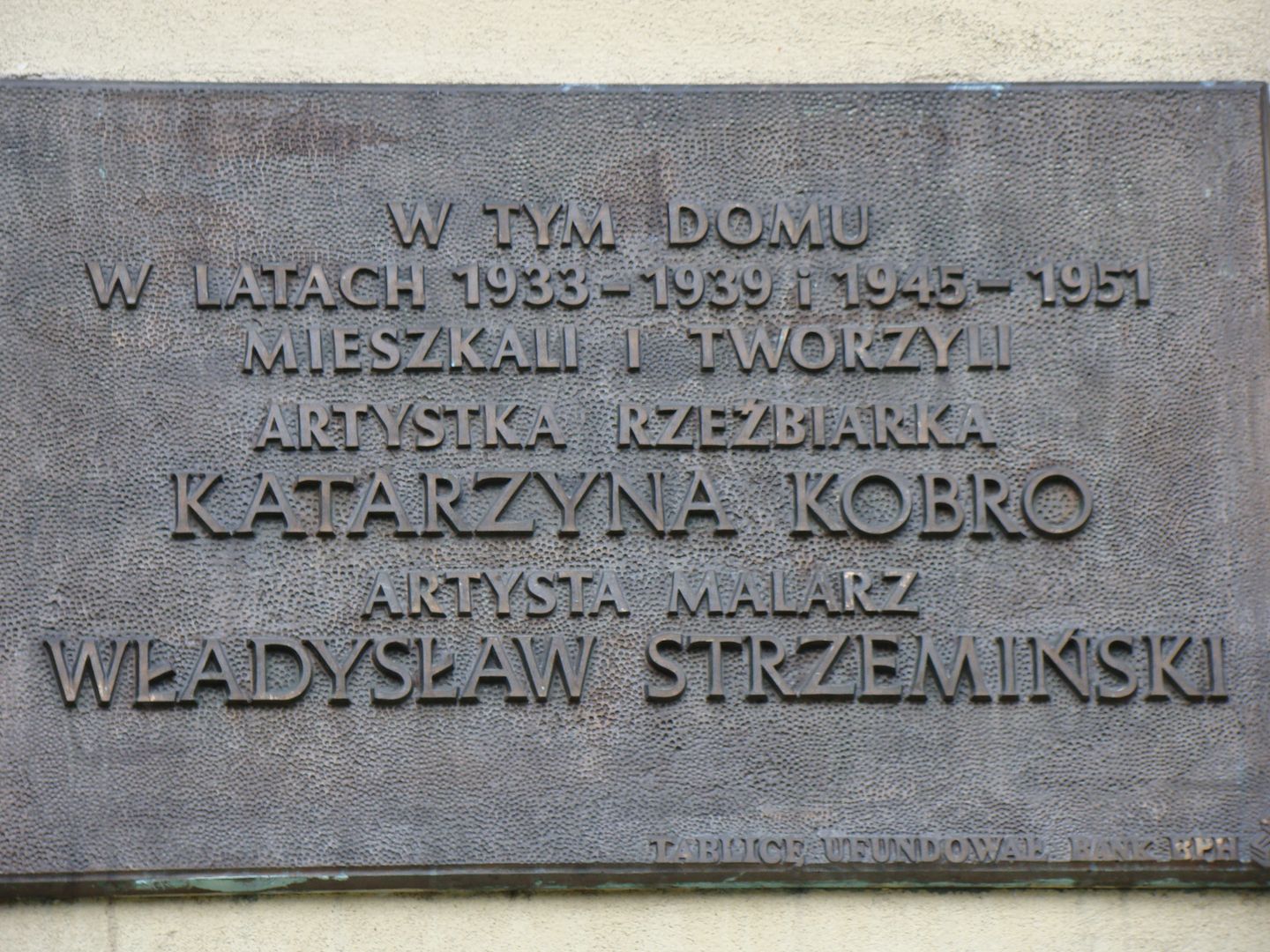Józef Montwiłł-Mirecki Housing Estate in Łódź
6.62

Overview
The Józef Montwiłł-Mirecki Housing Estate, located in the western part of Łódź, in the Polesie district, is a significant residential area inhabited by 1,747 people. It was built between 1928 and 1931 by the Łódź city council as a modern housing estate intended for the city’s workers, offering standards that were high for the time, including electricity and running water. An important part of its history is the forced displacement of residents during World War II, when German occupiers deported the majority of the tenants, which affected the later return of inhabitants to these homes after the war. Architecturally, the estate—designed according to an award-winning competition entry—embodies modernist ideals and garden city concepts, combining modern residential blocks with greenery and recreational spaces. The estate is characterized by three-story buildings, limited in density and surrounded by lawns and playgrounds. Within the urban layout, there are also two structures that once served as gasworks. The estate has a rich cultural history as the home of renowned artists and social activists, including Władysław Strzemiński, Katarzyna Kobro, and Antoni Purtal. It also houses institutions such as a library, the 18th General Secondary School (XVIII Liceum Ogólnokształcące), and various educational facilities. The streets of the estate are named after Polish socialist activists, reflecting the legacy of its patron, Józef Mirecki, a participant in the 1905 Revolution. Interestingly, despite the passage of time, the estate has maintained good technical condition, setting it apart from other parts of Łódź, and the surrounding Marshal Józef Piłsudski Park serves as an important recreational space for residents.
Location
Tickets
Powered by GetYourGuide
2025 Wizytor | All Rights Reserved